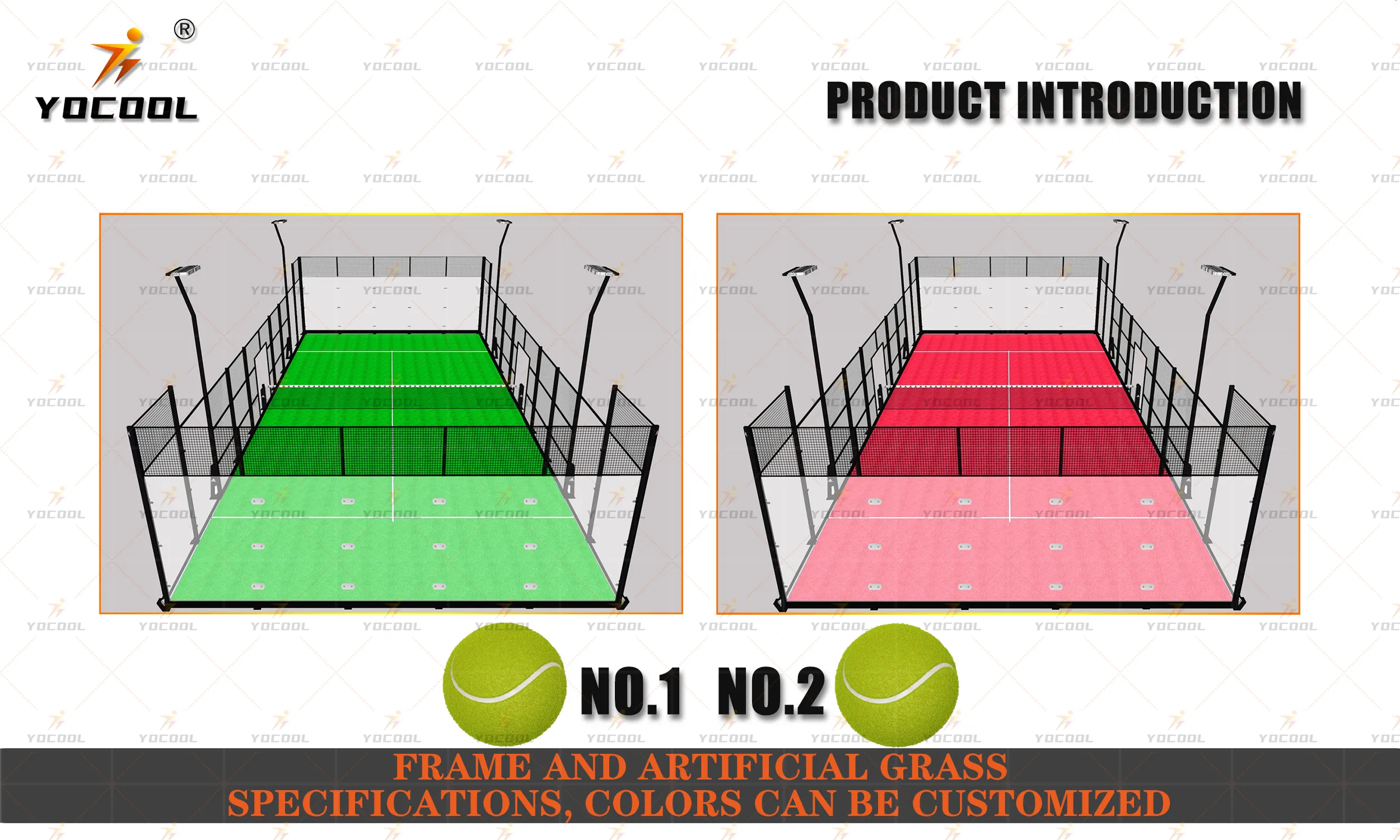

Padel and Tennis Factories The Rise of Two Sports Industries
In recent years, both padel and tennis have experienced significant growth, not only in terms of players and popularity but also in the industrial sector that supports them. The evolution of padel, often described as a mix between tennis and squash, has led to a burgeoning market of specialized factories focusing on the production of equipment tailored to both sports. This article explores the expansive world of padel and tennis factories, highlighting their contributions to the sports industry.
Padel, which originated in Mexico in the 1960s, has gained international popularity, particularly in Europe and South America. The sport's accessibility, combined with its energetic gameplay, has attracted players of all ages. As the demand for padel courts and equipment has surged, so too has the need for dedicated manufacturing facilities. Padel racquets, balls, and court construction materials require specialized design and production techniques. Padel factories are increasingly being established to meet these demands, focusing on innovative materials and technology to enhance performance.
On the other hand, tennis, being one of the oldest racquet sports, has a well-established industry with numerous factories that have honed their craft over decades. The major manufacturers produce a wide range of products from racquets to strings and shoes. The emphasis on technology in tennis equipment, such as the incorporation of advanced materials like graphite and carbon fiber, has pushed factories to consistently innovate. This persistent innovation not only caters to professional players but also enhances the experience for amateurs, making tennis a more enjoyable and competitive sport.

Both sectors are witnessing a growing trend towards sustainability. Many padel and tennis factories are beginning to adopt eco-friendly practices, such as using recycled materials in production and minimizing waste during the manufacturing process. Companies are also focusing on the longevity and repairability of their products, recognizing that an environmentally conscious approach can attract a new generation of players who value sustainability.
The growth of padel and tennis has also resulted in a more interconnected global market. Factories in one region may supply equipment to international retailers, facilitating a faster and more efficient distribution process. Furthermore, the rise of online shopping has transformed how players purchase their gear, with many manufacturers now directly selling to consumers, thereby reducing costs and improving accessibility.
In conclusion, the factories producing equipment for padel and tennis are crucial players in the sporting world. As these sports continue to grow in popularity, innovations in manufacturing processes and sustainable practices will be vital in shaping the future of both industries. The synergy between factories and players aids in the evolution of the sports, ensuring they remain relevant and exciting for generations to come. With padel's rapid rise and tennis's rich history, the intersection of these two sports in the manufacturing landscape showcases an industry poised for continued growth and transformation.
Premium Paddle Racquet | AI-Optimized Design
China Pro Ping Pong Paddle | Premium Spin Control
High-Quality Paddle Racquet for Professional Padel and Paddle Courts
Premium Paddle Tennis Rackets for Panoramic Padel Courts
High-Quality Padel Court for Sale – Durable & Customizable Solutions
Premium Paddle Racquet for Ultimate Performance & Control